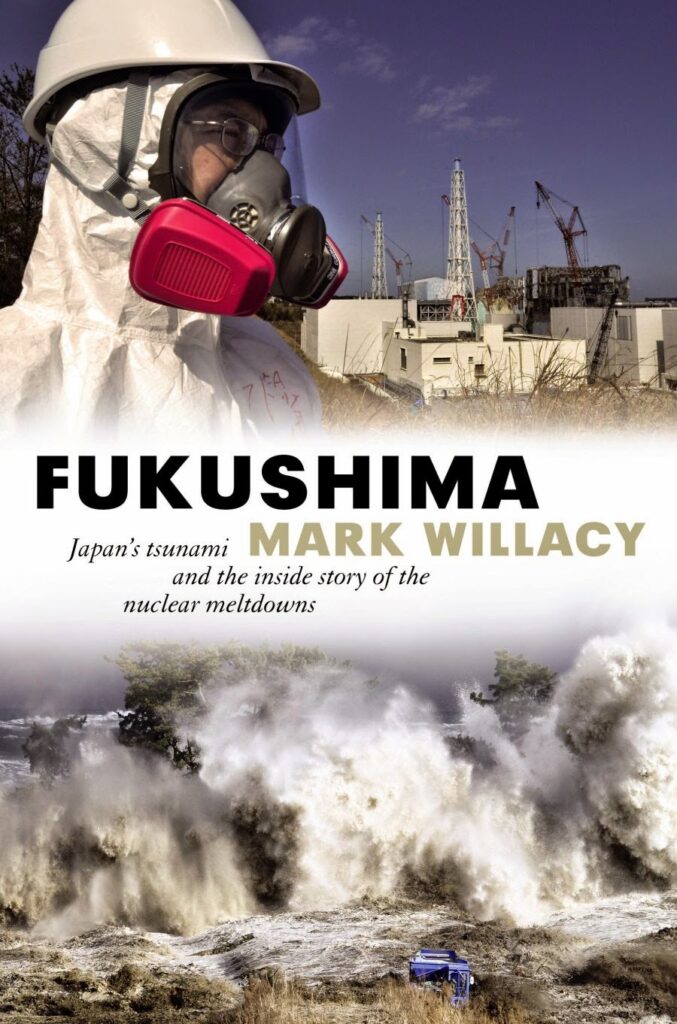 Three years ago, and just a couple of weeks after the deadly Canterbury quake, Japan was also hit by a big quake.
Three years ago, and just a couple of weeks after the deadly Canterbury quake, Japan was also hit by a big quake.
While more than 180 died in the 6.3 magnitude Canterbury quake of February 22, 2011, Japan initially got through the violent March 11 quake (a whopping magnitude 9) relatively unscathed. It was the ensuing tsunami that proved most deadly. According to Wikipedia, the National Police Agency confirmed 15,884 deaths across 20 prefectures. Of the 13,135 bodies recovered by a month after the tsunami, more than 90 per cent had died by drowning.
It was both fascinating and horrifying to watch as the disaster unfolded on live television, the tsunami building power and driving its way across the country, destroying everything in its path.
The greatest damage happened when the tsunami surged over the seawall of Fukushima Dai-Ichi nuclear power station, resulting in a multiple core meltdown that released vast quantities of radioactivity into the atmosphere and ocean.
At one stage it even threatened the evacuation and irradiation of Tokyo itself, which would have spelt the end of Japan as we know it.
This book is the story behind the two disasters of the tsunami and nuclear meltdown, as told by the witnesses and victims, from former prime minister Naoto Kan, the plant director and senior engineers of Fukushima Dai-Ichi, the firefighters who risked their lives to avert the ultimate nuclear nightmare, to the mother digging through the wreckage as she looked for her daughter’s remains.
Author Mark Willacy, who lives in Tokyo, is the North Asia correspondent for the Australian Broadcasting Corporation and has won Walkley Awards – Aussie’s coveted journalism awards — for both his coverage of the Iraq War and more recently for his coverage of the Japan tsunami and nuclear disasters.
He has taken a story that we are all familiar with, but that often seemed to big to comprehend, and made it feel very real.
There are times when it is hard to read the harrowing accounts but Willacy has handled the subject matter well, letting a tragic but compelling event tell its own story without the need for embellishment.
